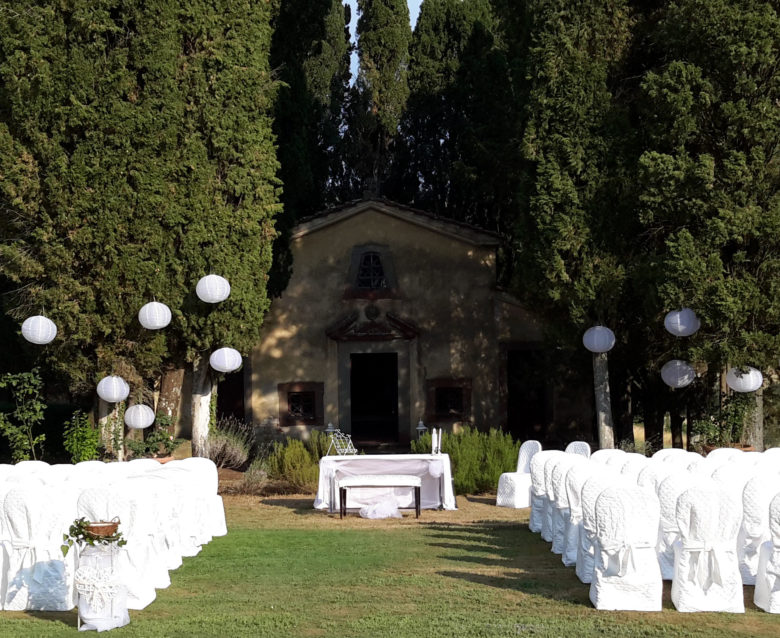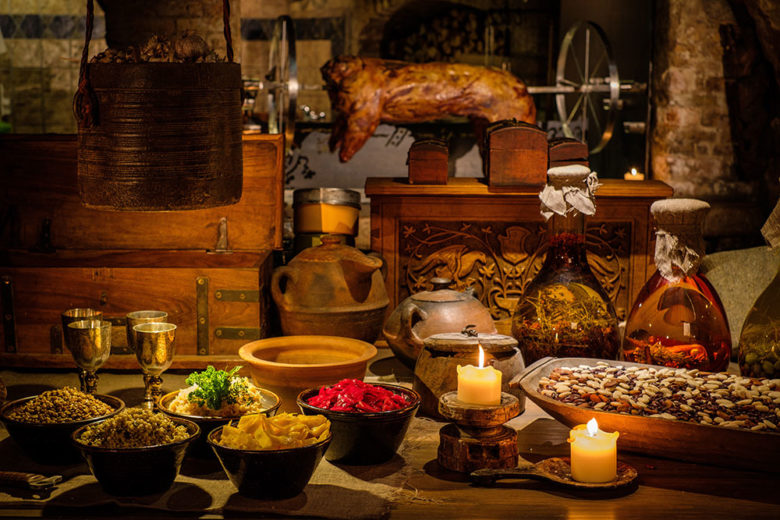TUSCANY IN WINTER? YOUR UNIQUE FIVE-SENSE EXPERIENCE
Be guided by LET’S WED! Your Luxury Concierge Service that will always match with your budget!
What happen in Tuscany when Summer draws her last warm breath and the cool mornings of winter call for an extra blanket and a wood-burning fire? It is the time when Tuscany becomes a real “PARADISO”, cheap with no annoying crowds outside the museums!
In fact, Florence, Siena, Lucca as well as old towns or hamlets are exactly as you imagine them to be in the Middle-Age or Renaissance. The earth has yielded the grapes that produced wine for the year, the olives have been pressed for their green and pungent oil and the soil and those that worked it, take finally a break.
There is a gentle calm all over; some days clouds lie right down on the ground while rainy days mute the color of the landscape. While the vegetation may be dormant in the Winter, the local seems to come to life! The landscape in the countryside is lush and full of wild boar, pheasants and hares giving more charme to the wildlife of the area.



